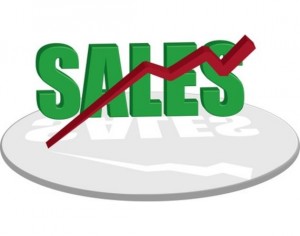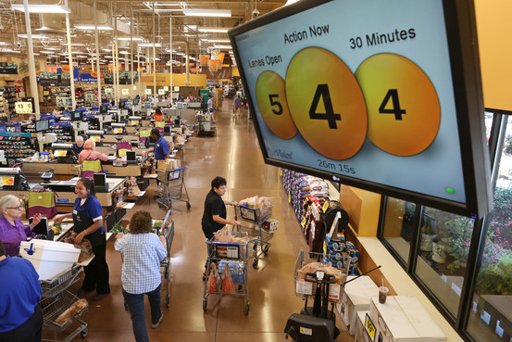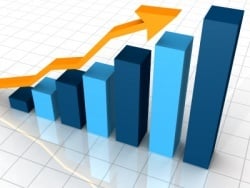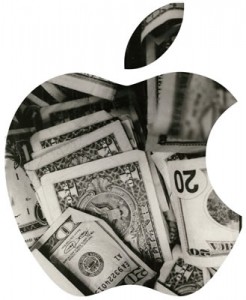It’s amazing to think that with a simple program you can increase any companies sales growth without any of your help. In the case of Vik Singh, a 28-year-old engineer, thought it to be easy and is on a mission to prove it. Vik Singh has created software using simple mathematical formulas and algorithms that will allow create sales growth and accurately predict sales.
 On April 23rd in Palo Alto, California, Vik Singh had a coming-out party presenting his new company “Infer”. Infer has raised 10 million dollars from Redpoint Ventures, Andreessen Horowitz, Social+Capital Partnership, and Sutter Hill Ventures. Infer has been diligently working on creating the technology for about two years. Singh already has a variety of customers that include Yammer and box, and Silicon Valley. In addition, infer has worked with traditional companies that include health care and insurance providers. Singh is not only in the business software industry he is an extremely brilliant engineer. He has helped in creating programs and systems for companies like Google and Microsoft. If these projects are not impressing you, Singh has also built a completely new search system for Yahoo at is still being used today.
On April 23rd in Palo Alto, California, Vik Singh had a coming-out party presenting his new company “Infer”. Infer has raised 10 million dollars from Redpoint Ventures, Andreessen Horowitz, Social+Capital Partnership, and Sutter Hill Ventures. Infer has been diligently working on creating the technology for about two years. Singh already has a variety of customers that include Yammer and box, and Silicon Valley. In addition, infer has worked with traditional companies that include health care and insurance providers. Singh is not only in the business software industry he is an extremely brilliant engineer. He has helped in creating programs and systems for companies like Google and Microsoft. If these projects are not impressing you, Singh has also built a completely new search system for Yahoo at is still being used today.
Infer applies software to your company information that uses algorithms to locate your buyers. Infers software starts with the basics of your company, by searching for your customers and locating there name address and company. Then it starts surfing the web for more information about the company itself, at this time it determines all the important information such as headquarters, demographic information, hiring rates and any information it can use to determine the company’s needs. Singh determines the company’s outlook of trademarks in a certain area that can show growth. Once he applies all these factors to the sales system trends start to emerge and tries to relate certain kinds of customers in different states with similar sales.
The initial companies that Infer worked with verify the successful results. When you compare sales data and compare outcomes with predictions. Singh verified that the company nearly predicted the outcomes of other companies perfectly. Infer has yet to release any documentation proving these claims in sales growth.
Companies already spend millions of dollars trying to find sales. With this new Infer system, companies can focus on the sales its self and not worry about locating their next prospective client. With this technology, it will enable companies to forecast sales by determining the demand and volume of leads the system is creating. If companies can predict sales accurately it will complete eliminate old forms of forecasting and effect every aspect of the way to run a business.
With this new technology, do you think this will become the new norm in forecasting sales and production? Does Infer really have a revolutionary product?
http://www.businessweek.com/articles/2013-04-24/infer-promises-more-sales-through-better-math
http://www.ehow.com/list_6507308_risks-sales-forecasting.html



 There are many pros and cons of the renovation plan. Some thoughts that should be considered are the local businesses – will having more Wrigley restaurants and a hotel take away from local businesses? More importantly, how will the jumbotron affect the rooftops since they bring revenue to the owners and to the city as well?
There are many pros and cons of the renovation plan. Some thoughts that should be considered are the local businesses – will having more Wrigley restaurants and a hotel take away from local businesses? More importantly, how will the jumbotron affect the rooftops since they bring revenue to the owners and to the city as well?






